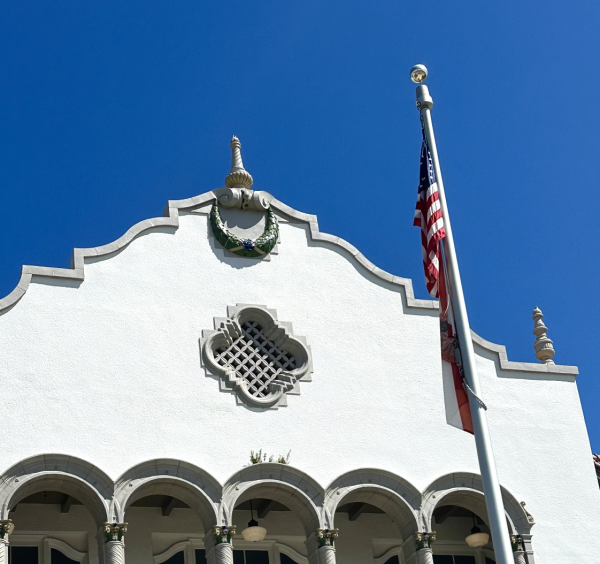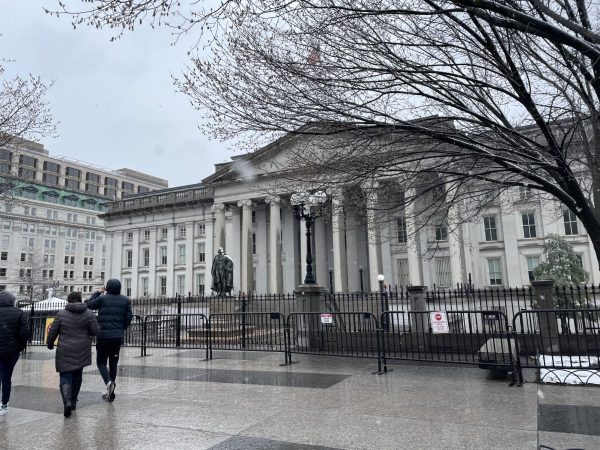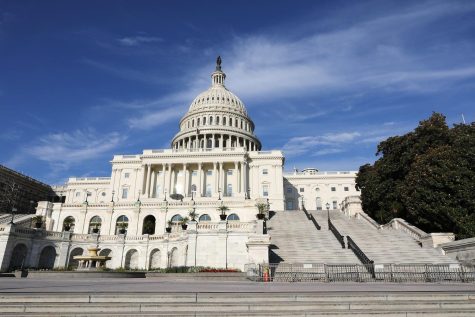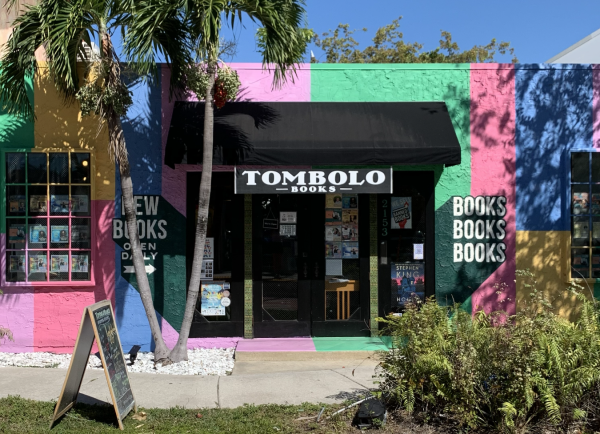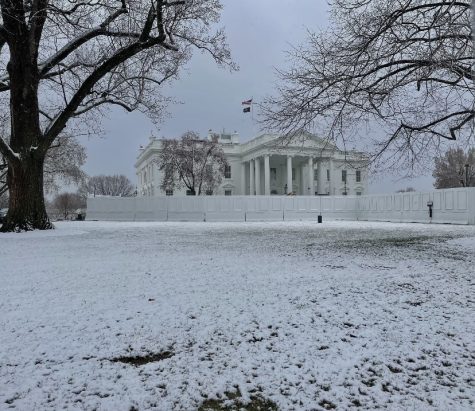Holiday Overconsumption
“It is significant to note the importance of shopping small to enrich the local economy.”
Holiday spending is a staple of American culture, but overconsumption is not just a festive occurrence: it’s rooted in American culture.
America has the biggest consumer market in the world, and regardless of rising inflation, 74% of American consumers plan to spend the same or more on the 2022 holidays compared to last year. PricewaterhouseCoopers (PWC) finds that consumers will spend an average of $1,430 this holiday season, and the ones spending more than this are typically males in an urban environment. Despite millennials being America’s poorest generation, they typically spend the most on holiday expenses with an average spending of $1,823 contrasting Gen Z’s average spending of $1,104.
The root cause for such overconsumption can be traced back to America’s material-oriented culture– and most of all, corporate greed. Holiday sales started earlier this year than ever before. Target Deal Days began in early October and there was a second Amazon Prime Day this year, on October 11th and 12th. With the existence of online shopping, buying more products in less time has become the preferred way of shopping for many Americans: no social interactions, no delivery fees, and no lines– undeniable convenience.
While sales for Amazon are up 15% this year and the number of new, small businesses are on the decline, it is significant to note the importance of shopping small to enrich the local economy. Local businesses create jobs in the community, often pay employees a living wage, and contribute to public infrastructure.





